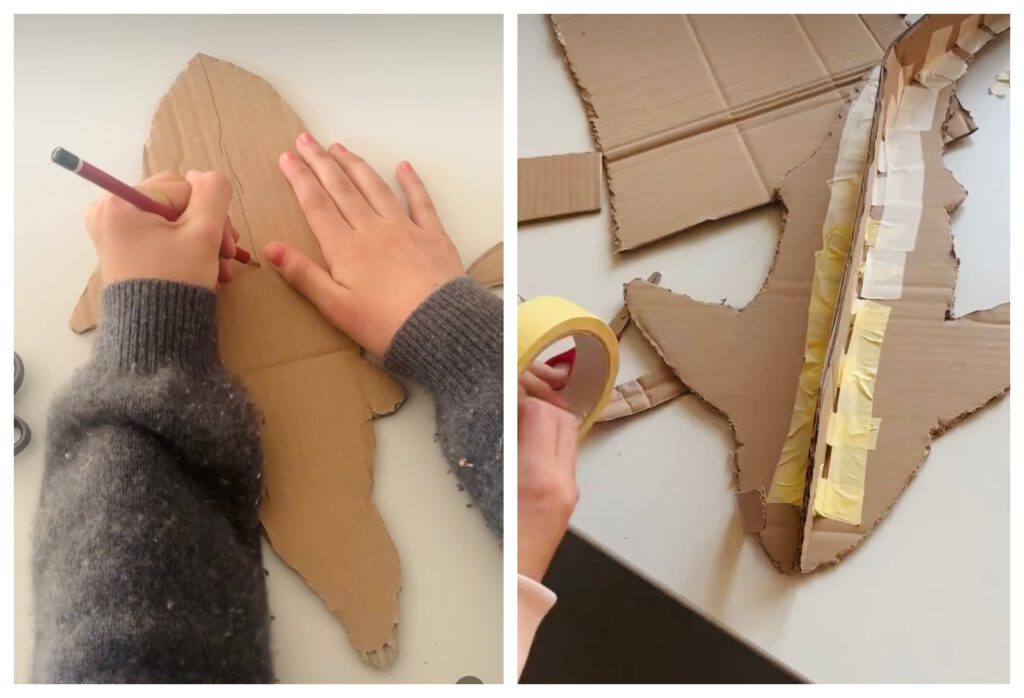
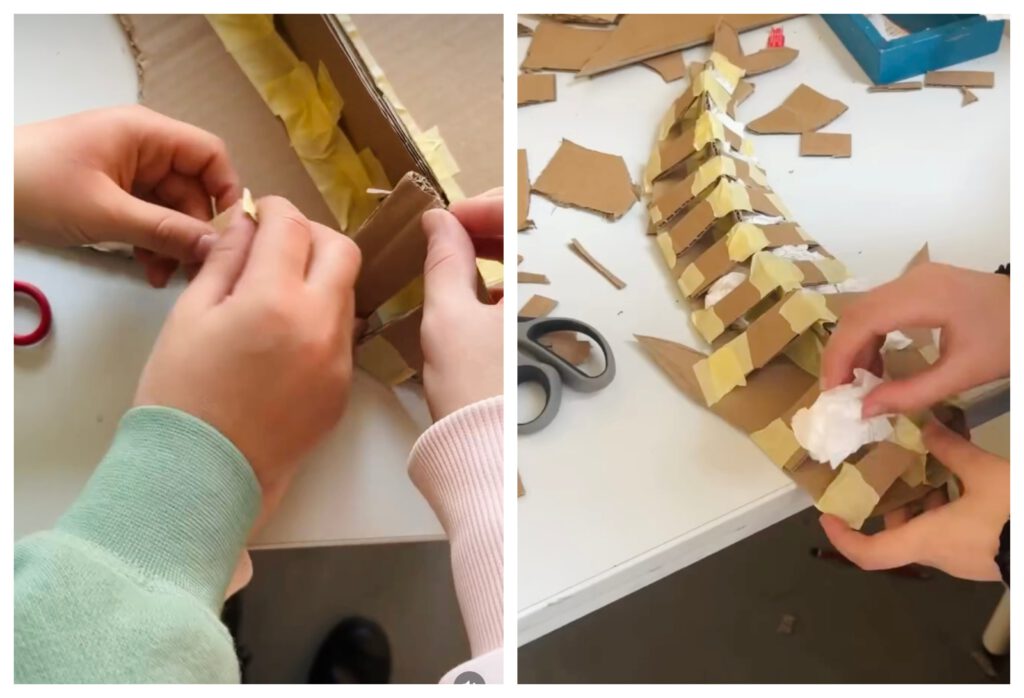
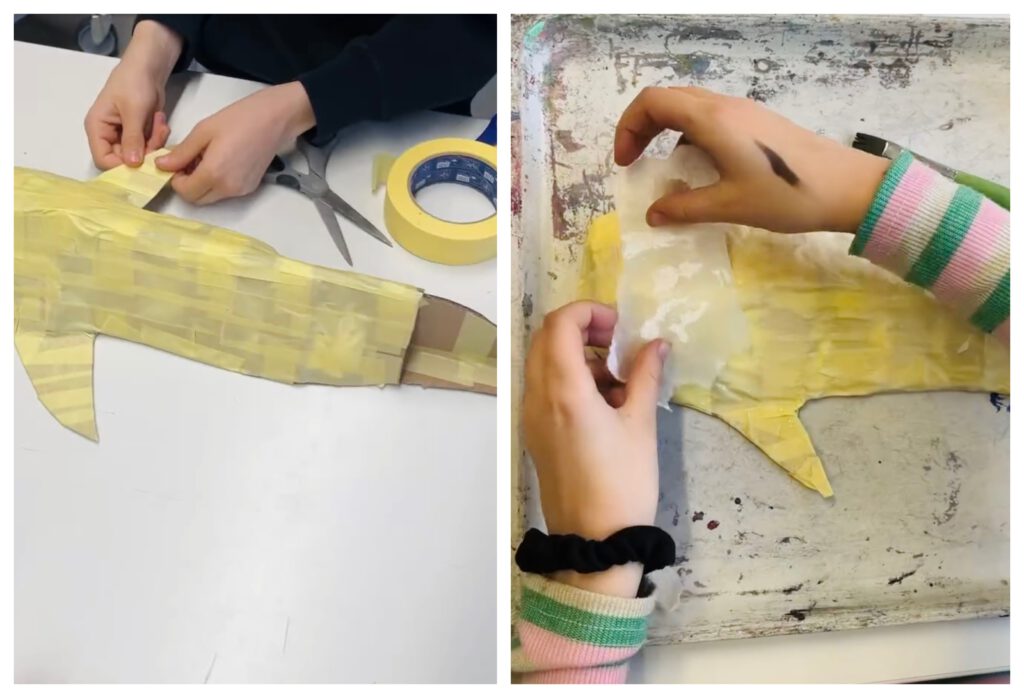
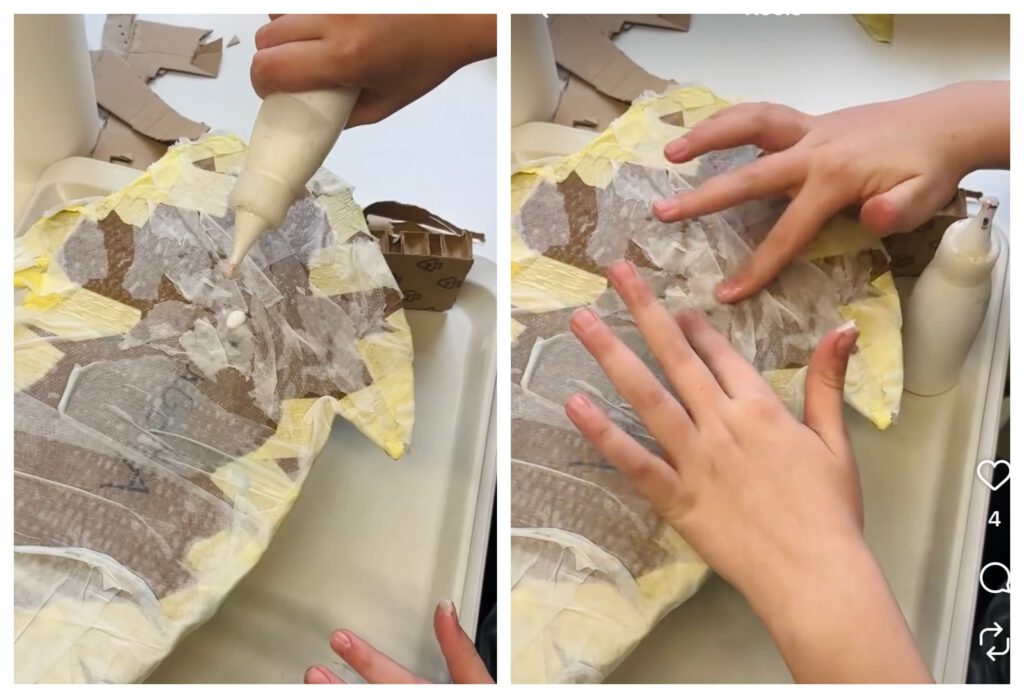
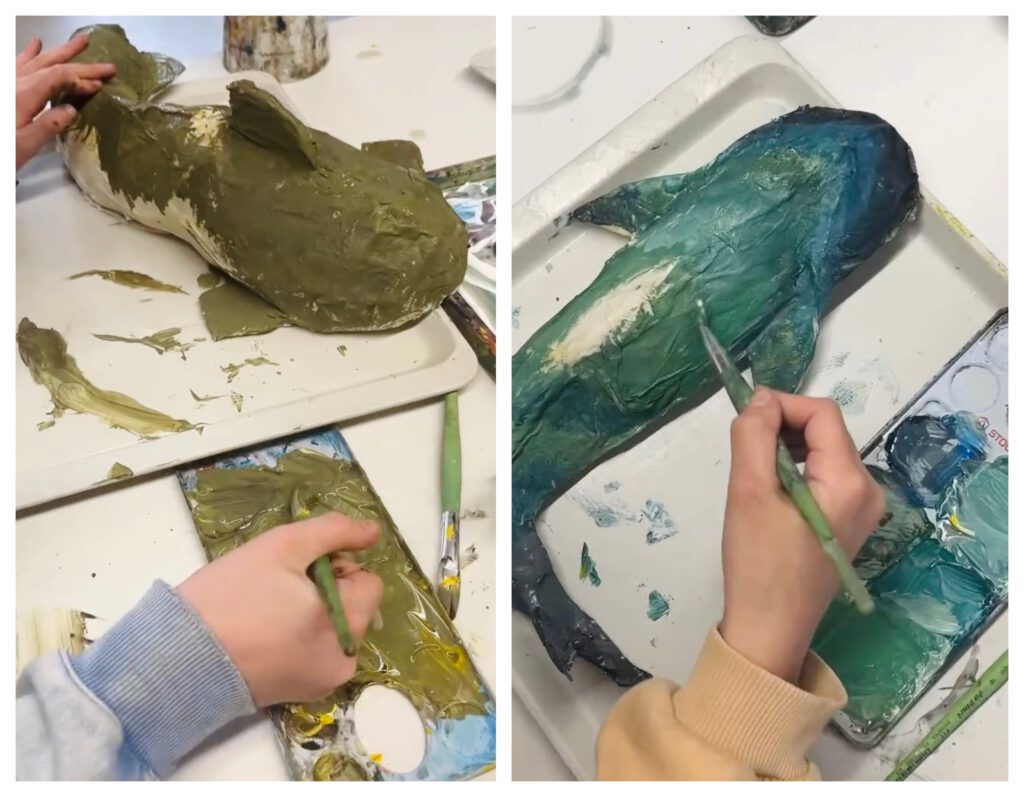
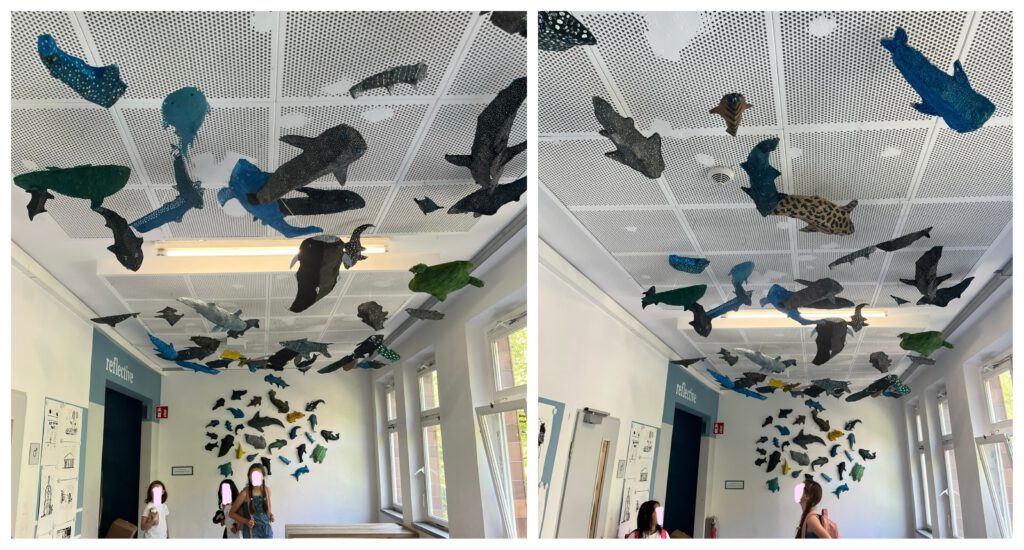
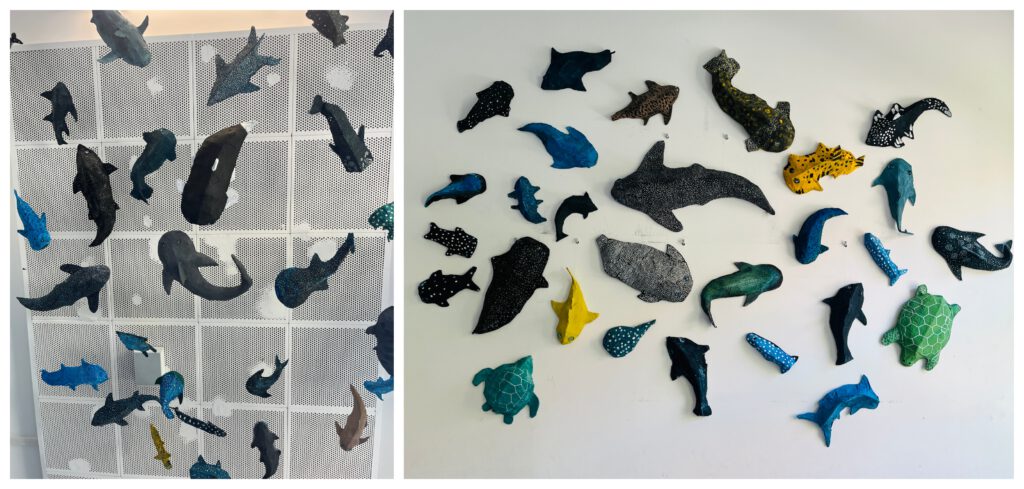
Art classes in Berlin
by artnuts







by artnuts
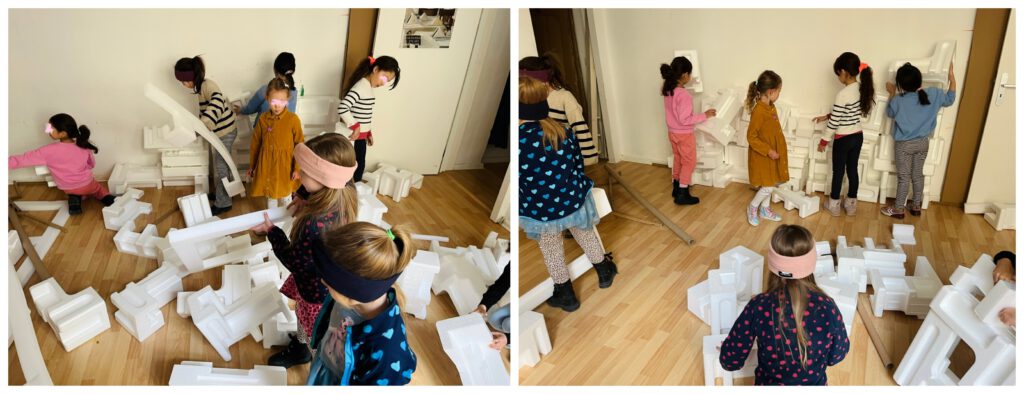
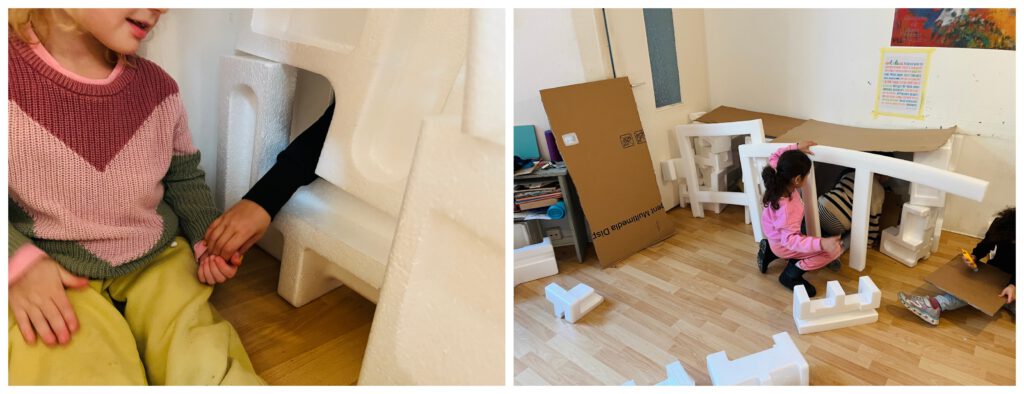
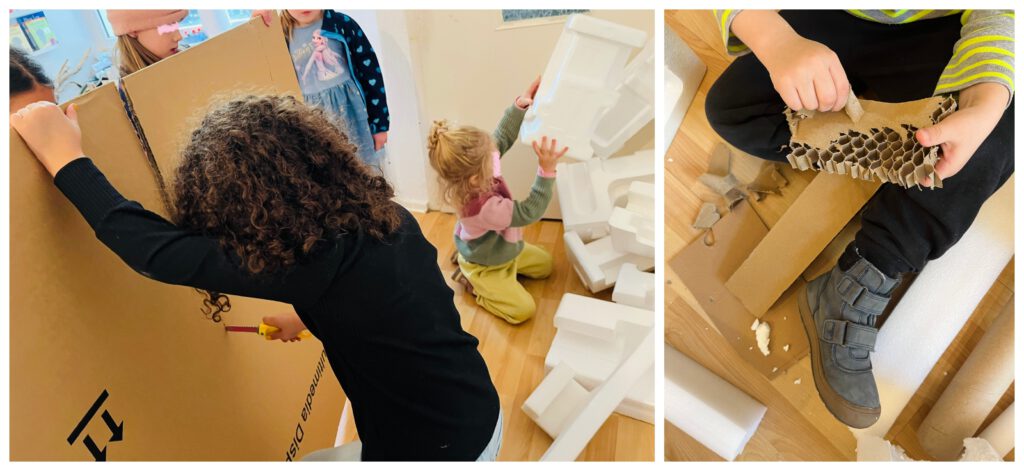
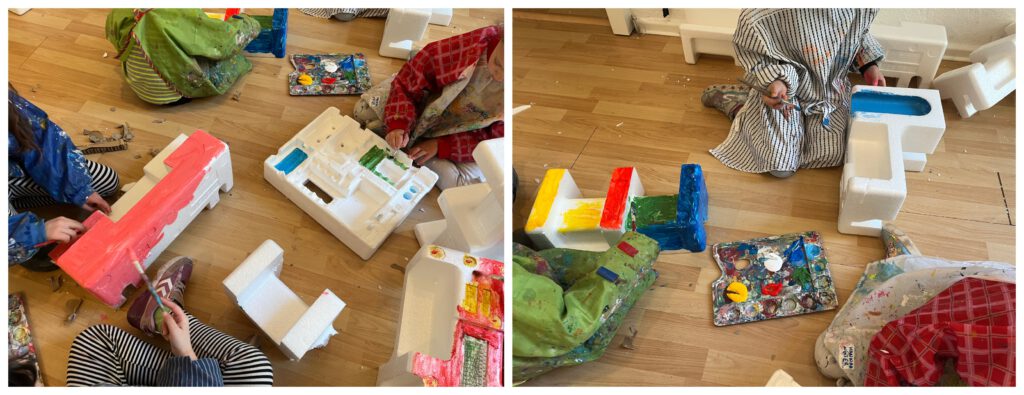
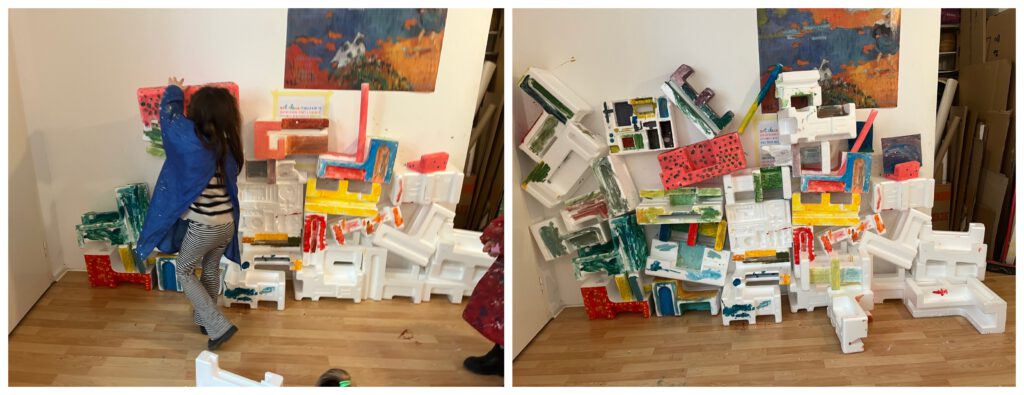
by artnuts
Another project that is pretty much on repeat because it’s so amazing. Do read about it bellow in another post if interested.



by artnuts
We started with drawing of a head of a chosen animal. What are the characteristics, what shape and where should be the ears, what are the colours…
The starting point was a ball. To release all the air out of clay (very important!) one should have some throwing fun. Simply throw the clay few times into a wooden board on which you are working,
To form the faces children used various tools but often just simply the hands.
I would say in a big classroom of children it is always safer if they take away the clay instead of adding it because they might forget to glue the additions well which ends up with them drying faster than the rest of the sculpture which leads in them falling off.
Of course you can also insist on teaching them how to use the glue (clay mixed with water into a mud) and how to attach the additions well.
We hollowed our heads at the top because we were making mugs, otherwise one would usually hollow the insides starting at the bottom.
Colouring with engobes… e progetto terminato!






by artnuts
Through our PYP unit the Grade 2 students researched animals in their habitats. We added to our learning by discovering 3D art in connection to pedestal.
Clay is a complete winner with the kids. They feel very comfortable working with it. In my classes I never had a single child that would not like it. And they never ever fail to tell me this. They impatiently wait for next class when they know clay will be on the tables and they are always sad to leave.













by artnuts
Masks are always fun! Papier-mache too (only not how it’s spelled so I am giving myself freedom of not caring)!
For the shape we simply used ballons. Sure the shape isn’t good to wear the masks but we wanted them on the walls anyway.
Nice project it was.


by artnuts
Convexity and concavity. Sculpture and relief. Topography and amphitheatry.
Am I warm? Am I cool? Am I big? Am I small? Am I winter? Am I summer?







by artnuts
From 2-D we logically went into 3-D.
I connected our lesson with the drama teacher who was teaching children about the monologues.
This was a long project because of many steps: building the bust, pulling over the skin, drying this out, adding the features and the hair, drying it out, painting, drying, painting some more, drying some more and finally making the monologues.
The sculpturing part was fun and interesting. Much of glue everywhere. Much of glue nowhere but running to the shop, buying flour, making glue, improvising.
Drying was interesting too. We grew some bacteria and fungi. The classroom had a very specific smell. We were all like weeeeeeeeeaaaaaa.
Skin was complicated because children are having high expectation regarding that and they stand there comparing their skin with what they’ve mixed and are usually not too happy with the result.
The monologues were added after everything was done – no glue or paints in sight any more. Pffffeeew!
They wrote few sentances in their sketch books about something they feel strongly towards. Then they tried to make a shape of what they wrote about on a white paper, cut it out, add the monologue inside, minimalistic decoration with chalk markers and glue it on the box.
I am impressed by the works, I think they came out very beautiful.



















by artnuts
Children were learning about simple machines in their main subjects. To strenghten the knowledge gained by connecting it in as many areas as possible we spoke about Rube Goldberg and possibilities in art. We’ve decided for pulleys and mini collaged theaters.
Curtains to be pulled apart by a string would be a great addition but although this project didn’t leave kids bored for a single minute, it took us probably two months to finish. So no curtains, sorry!















by artnuts
A lot of cutting this was. The basic idea was for the children to comprehend and accomplish understandment of third dimension and size diversity. I personally find third dimension hard to explain. These children are between 5 and 6 years old.
We started with the smallest cloud making it bigger and bigger. Children glued cardboard spacers between each cloud and produced these beautiful sculptures.
We just did whatever we liked but in addition one could add a learning process of warm and cool, primary and secondary or opposite colours.







